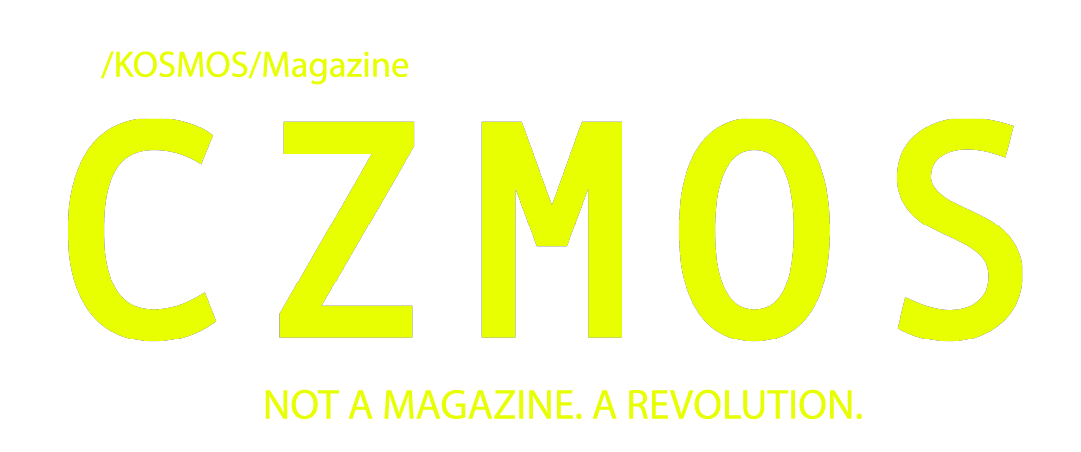ART AS THERAPY FOR THE SOUL
- Teresa Perri

- Oct 9
- 2 min read
At its deepest core, art is far more than a manifestation of beauty — it is a language of the soul, a form of balance, a silent cure for the mind.
The idea of art as therapy, or art therapy, emerged when medicine began to recognize the crucial connection between creativity and mental health.
Yet, long before science, rituals, shamans, and primitive gestures of creation already used painting and sculpture to cleanse, to begin again. ART AS MEDICINE BEFORE MEDICINE EXISTED.
In the twentieth century, art therapy took shape as a formal discipline.
Among its key figures was Carl Gustav Jung, who encouraged his patients to draw their dreams and visions to explore the depths of the unconscious.

In the 1940s, British artist Adrian Hill coined the term art therapy after witnessing how painting and drawing helped tuberculosis patients find strength and vitality again.
At the same time, in the United States, artist and educator Margaret Naumburg founded one of the first art therapy schools, guided by one core belief: to create is to unlock, to free, to heal.
Art therapy offers a language beyond words, a way to bypass the limits of verbal expression. When pain cannot be spoken, it can be drawn. When fear cannot be explained, it can be molded.
YOU DON’T NEED A MASTERPIECE. YOU NEED A RELEASE.
The goal is not aesthetic perfection — it’s the process itself, the act of revealing what stirs within. On an emotional level, art therapy acts as a valve of release for anxiety and stress, offering a protected space where anger, sadness, and fear can exist — and transform.
On a cognitive level, it enhances critical thinking, focus, and memory, creating new pathways. And perhaps most importantly, it restores self-trust — the feeling that creating is still possible, that we are still here.

TO SEE YOURSELF THROUGH YOUR OWN CREATION IS TO BE REBORN.
Watching something you’ve made come to life — no matter how imperfect — becomes an act of self-awareness.
A return inward, where art is not an escape, but a homecoming.





Comments